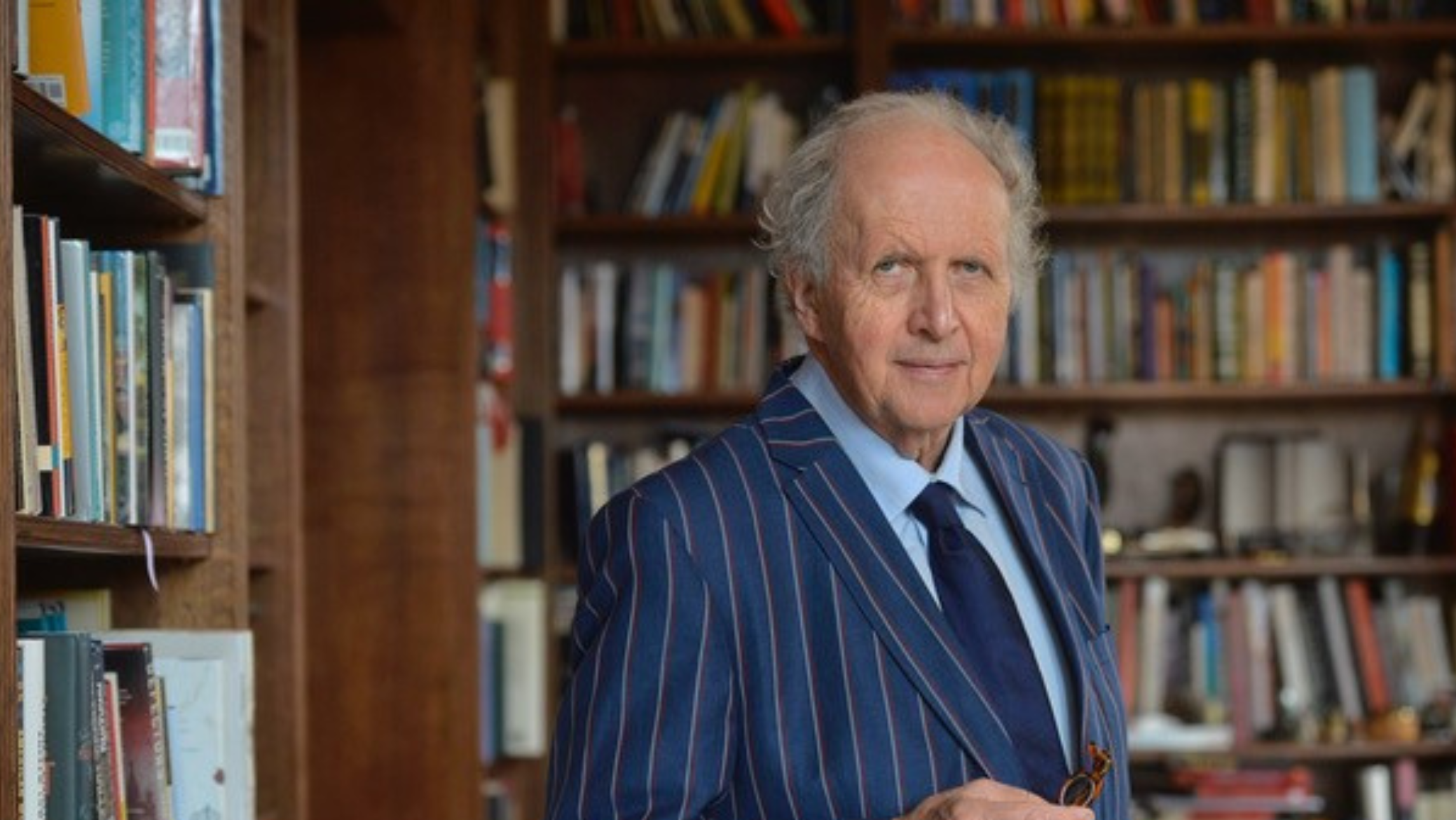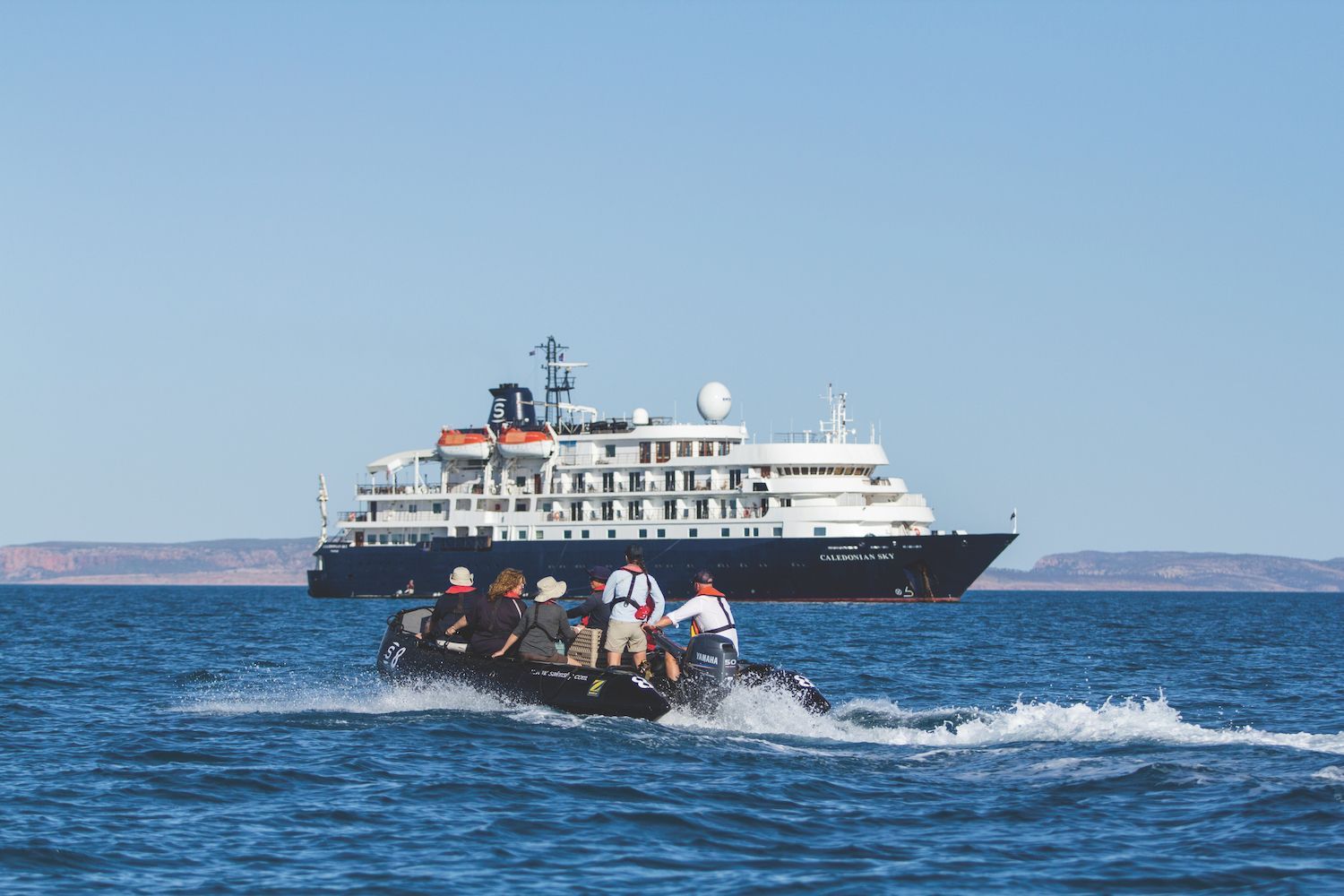As Canada settles down after the 2010 Winter Olympics in British Columbia we have a look at the sites of Winter Olympics around the world, for a side-trip on your next cruise. Words: David McGonigal.
Western Canada
The Sea to Sky Highway is the road from the port of Vancouver to Whistler Blackcomb, both Olympic venues this year; but it’s also a fair description of the path between the coast and any of the Winter Olympic venues, where ski mountains are a prerequisite.
Of course, Vancouver is one of the world’s most important cruising ports as a gateway to Alaska and the Inside Passage. It also leads to rest of western Canada and, for most of us, that is the glorious Rocky Mountains. The Canadian Rockies were also the venue for some events of the 1988 Calgary Winter Olympics, with the skiing events being held at Canmore and Nakiska.
There is a grand circle rail route that takes in both Olympic regions. And it starts from a lesser-known cruise port: Prince Rupert, almost a giant slalom run up the Coast Mountains north of the most recent games.
In fact, Prince Rupert is about as far as you can go north on the coast of beautiful British Columbia – Alaska starts just across the water. From here, there’s a VIA Rail train service that takes you across some beautiful terrain to arrive in the Canadian Rocky Mountain town of Jasper surrounded by the world’s most spectacular mountain scenery. Wild rivers and wilder mountains line the route and the overnight stop on this two-day journey is in the once-frontier town of Prince George.
Jasper lies in the heart of the Rockies, surrounded by picture-perfect grandeur. It’s also the junction of ‘The Canadian’ VIA rail service that runs all the way from Toronto to Vancouver. Returning to Vancouver directly, the train leaves the Rocky Mountains in the afternoon and comes through the spectacular Fraser Canyon and into Vancouver, which is delightfully snuggled between bay and mountains, the next morning.
On the way, you pass through the almost-desert region around Kamloops and the beautiful lakes of the Shuswap. At Hope (the town blown up at the end of the original Rambo movie) you come onto the pretty farmland of the Fraser Valley, hedged with tall conifer-covered mountains on both sides.
Arriving in Vancouver the attractions are many, with tempting excursions to Whistler and the chocolate box beauty of Victoria, the provincial capital. Closer at hand, there are Olympic reminders everywhere, including a new stadium in Richmond near the airport, the shopping village of Granville Island that was the French precinct, and extreme venue of Cypress Mountain looming over the city.
The Black Sea
I wonder how many people know where the next Winter Olympics are scheduled in 2014? Or could find the venue on a map even when told its name? Chances are that most of them would be cruise passengers who have ventured from the Eastern Mediterranean into the Black Sea. Sochi is a Russian coastal resort sandwiched between the Black Sea and the Caucasus Mountains. In fact, Sochi is so wedged that it claims to be the longest city in Europe.
Located on the same latitude as Cannes and the French Riviera, Sochi is a Russian rarity with a semi-tropical climate (it even has palm trees), but winds off the steppes give it rather colder winters than the Mediterranean.
It’s not surprising that Sochi’s mild climate resulted in it being populated for millennia. However, it was really put on the map when Stalin chose it as a preferred holiday destination. That ensured a flurry of construction and ornate and Neoclassical buildings from this period are still evident today. It can lay claim to still being Russia’s most popular summer coastal resort. Not far to the north of the city is the World Heritage-listed Caucasian Biosphere Reserve. This covers almost 300,000 hectares with altitude ranging from 260 metres to 3,360 metres and is home to exotic wildlife including leopards, lynx, bears and deer.
Once it would have been a challenge to visit Sochi, but now it’s very much on the cruising map. Crystal, HAL, Sagao, Oceania, Discovery, Regent Seven Seas, Spirit of Adventure and Silversea are among the lines that visit the port. They are greeted first by the 1890 lighthouse and then by the tall steeple of the Maritime Passenger Terminal that was built in 1955. As in many other places in Russia, if you come or go by train you pass through a striking gem of Stalinist architecture. Much of the Olympics will be centred around the ski resort of Krasnaya Polyana. It’s quite a small resort but the snow grooming is good and the après ski activity is renowned.
Norway
Norway has hosted two Winter Olympics: Oslo (1952) and Lillehammer (1994). The port for both destinations is Oslo and it regularly welcomes vessels of most lines, on Baltic cruises, on a general European cruise, or aiming for the top of Europe.
Since the 1952 Olympics a feature of the skyline of Oslo has been the Holmenkollen Ski Jump that was visible from much of the city. However, the old jump has been torn down, with a new jump planned for the 2011 FIS World Cup Nordic. The new one is quite surreal and futuristic, and from May 2010 the ski museum in the base will reopen with exhibits on both Olympics, the history of skiing and the polar explorations of Nansen and Amundsen.
Unless you have a couple of days in Oslo you are unlikely to make it out to Lillehammer. It’s only about 200km each way but that makes it a long day tour. For a while, one cruise company did offer it as an option – with the chance to try your hand at a bobsled-like experience.
Nestled into the end of the eponymous fjord, Oslo is more than 1,000 years old and has a population of about 1.5 million. The name of the city only changed from Kristiana in 1925. Oslo offers a lot besides Holmenkollen. Like the other Scandinavian capitals, it is small and compact, neat and pretty and makes the most of its waterfront location.
BygdØy is the Museum Island where the nation’s seafaring history is well revealed. In summer you can reach the island by a tiny ferry that deposits you right at the Fram Museum. It is a monument to two of Norway’s greatest explorers: Fridjof Nansen and Roald Amundsen. Behind that is the Kon-Tiki Museum (where you’ll find Thor Heyerdahl’s expedition vessels). Next to that is the Maritime Museum – and across the island is the Viking Museum with three excavated, perfect, Viking longboats.
There’s so much anticipation that it’s easy to miss the small boat sitting in the open almost next to the ferry landing – that’s GjØa, the first vessel ever to pass through the fabled Northwest Passage. A day wandering here certainly puts a modern cruise in perspective against distinguished Norway’s maritime past.








